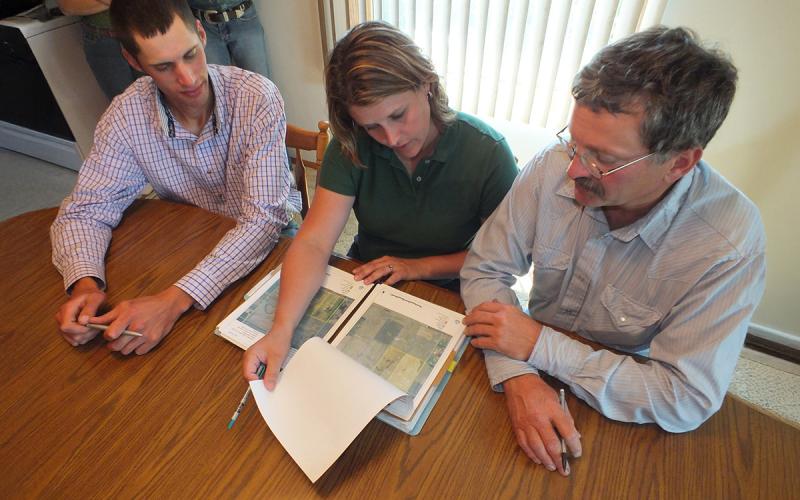The Cooperative structure represents a unique organization type that is governed/owned by the users of the services and products. South Dakota has many types of Cooperatives, some organizations are not readily recognized as Cooperatives however, like mutual insurance, credit unions, etc. More commonly, Cooperatives are associated with Farmer Cooperatives that are prevalent in South Dakota. According to a study by the University of Wisconsin-Madison Center for Cooperatives, in 2009, there were 95 farm supply/ marketing cooperatives in South Dakota that had an estimated 65,000 members. That same study identified approximately 440,000 members of other types of cooperatives in South Dakota.
South Dakota State University (SDSU) hosted a roundtable discussion among Cooperative industry leaders on March 23rd, 2015 that was made possible by a grant from the CHS Foundation and support from Wheat Growers. The purpose was to understand issues and trends Cooperatives will face this century because of their unique structure. The aim of the event was to guide education, research, and outreach programs at SDSU that would be beneficial to Cooperative stakeholders in the future.
The critical issues and trends identified during the discussion include risk management, effective governance, mergers and consolidation, the core competency of Cooperatives, risk preferences of stakeholders, sustainability, and Cooperative structural changes and constraints. The discussion identified strengths, weaknesses, opportunities, and threats (SWOT) of the Cooperative structure.
Cooperative Strengths
• Strong balance sheets
• Close and long-term relationships with members
• Excellent employee safety record
• Community involvement
• Commitment to education of the next generation
• Strong reputation
• Social Responsibility
• Democratic decision making
Cooperative Weaknesses
• Sustaining effective governance
• Attracting and maintaining skilled managers and employees
• Being exposed to volatility in the market place
• Attracting sufficient capital for new investments
• Obtaining experience in management and governance positions
• Structural constraints that limit new ventures
Cooperative Opportunties
• Communicating sustainability investments and value
• Consolidation through mergers to achieve scale efficiencies
• Superior risk management
• Improving member-user services
• Reducing member-user risk
• Improving employee safety
• Outside investment and partnerships
• Attracting the next generation to the Cooperative model and governance participation
Cooperative Threats
• Competition from external governance/ management firms
• Regulation that is costly for small and medium sized cooperatives
• Environmental changes
• Competition for skilled employees
Following the discussion with Cooperative industry leaders, we developed 10 education and research programs that could potentially be developed at SDSU to address the needs of Cooperative stakeholders in the future. Input on these proposed programs can be given by participating in a web-based survey that is linked below. Survey participation is open for anyone who has interest in the Cooperative structure and potential education and research programs at SDSU. Visit the SDSU Cooperative Research survey website to participate in the survey. We will be providing more articles and event announcements on Cooperative Education and Research on iGrow in the near future.

